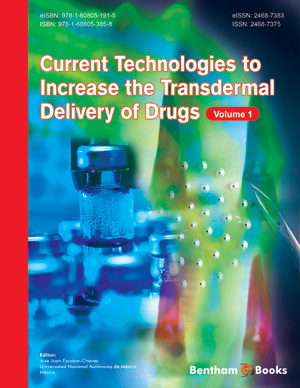Abstract
The key thought in choosing suitable ingredients for any lipid-based formulations (LBFs) is the identification of an ingredient or their combination that can keep the whole drug dose in solubilized form for oral administration. The chief ingredients in LBFs are lipids, surfactant and co-surfactant that are described in detail. These components are meant for achieving the maximum drug loading, minimal time for self-emulsification and small size of globule in the gastric environment for obtaining maximum assimilation, lessening variation in the emulsion globule size and preventing or minimizing drug degradation. Generally, a low dose of the drug is appropriate for SMEDDS. Lipids are an important component in SMEDDS because they are responsible for fluidization of intestinal cell membrane, solubilization of hydrophobic drugs, enhancing the dissolution rate and solubility in GI fluids, protection of the drug from chemical and enzymatic degradation. Surfactants play an important role in enhancing the solubility of a hydrophobic drug in oil, dispersion of liquid vehicle in GIT fluids, improving bioavailability by increasing permeability, avoiding the precipitation of drug in GI lumen and prolonging the existence of drug moiety in a solubilized form that results in its effective assimilation. But, a few surfactants are orally acceptable. The combination of ionic and non-ionic surfactants is very effective for improving the degree/area of the micro-emulsion region. It plays an important role in the synergetic effect in critical micelle concentration. A high amount of surfactant is essential to diminish interfacial tension adequately, which can cause gastric irritation, otherwise. That is why; co-surfactants of HLB value 10-14 are added to reduce their concentration. They are added in combination with surfactants to provide sufficient flexibility to interfacial film, dissolve a greater quantity of either hydrophobic drug or hydrophilic surfactant in the lipidic base and decreasing the interface of oil/water. They help in dissolving a large amount of surfactant or drug in lipid base, assisting the dispersion process, decreasing the amount of surfactant in the formulation and performing an action of co-surfactant in microemulsion system. This chapter highlights the various categories of ingredients that are used in the formulation of SMEDDS and their marketed products.
Keywords: Co-surfactant, HLB value, Lipids, Multi-functional excipients, Surfactants, SMEDDS.






















